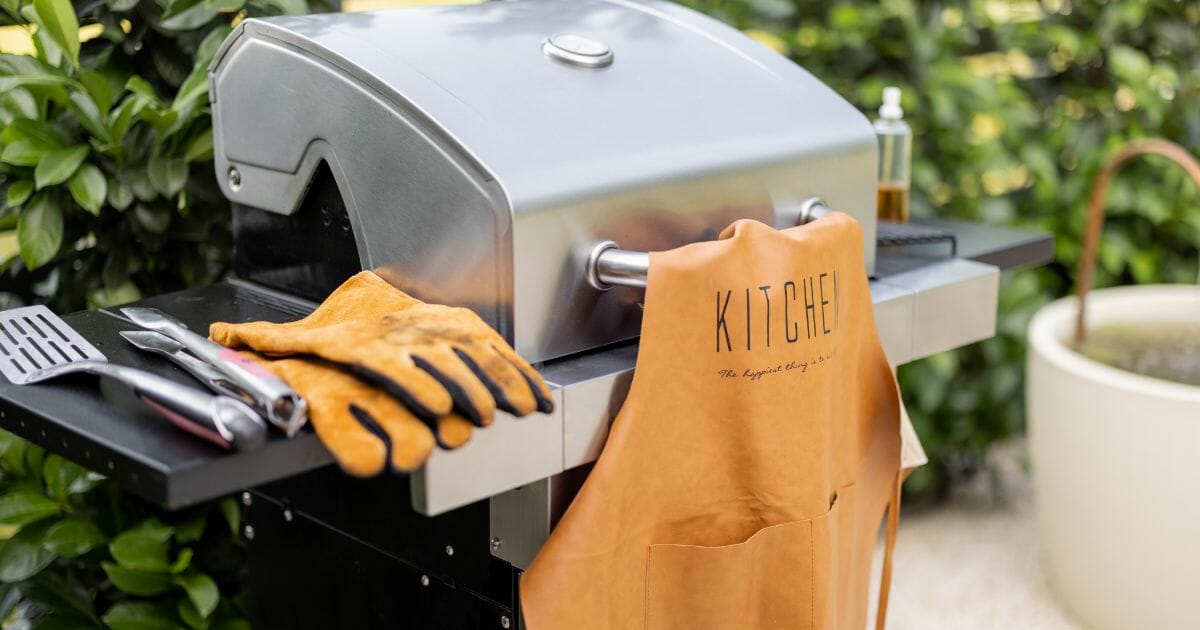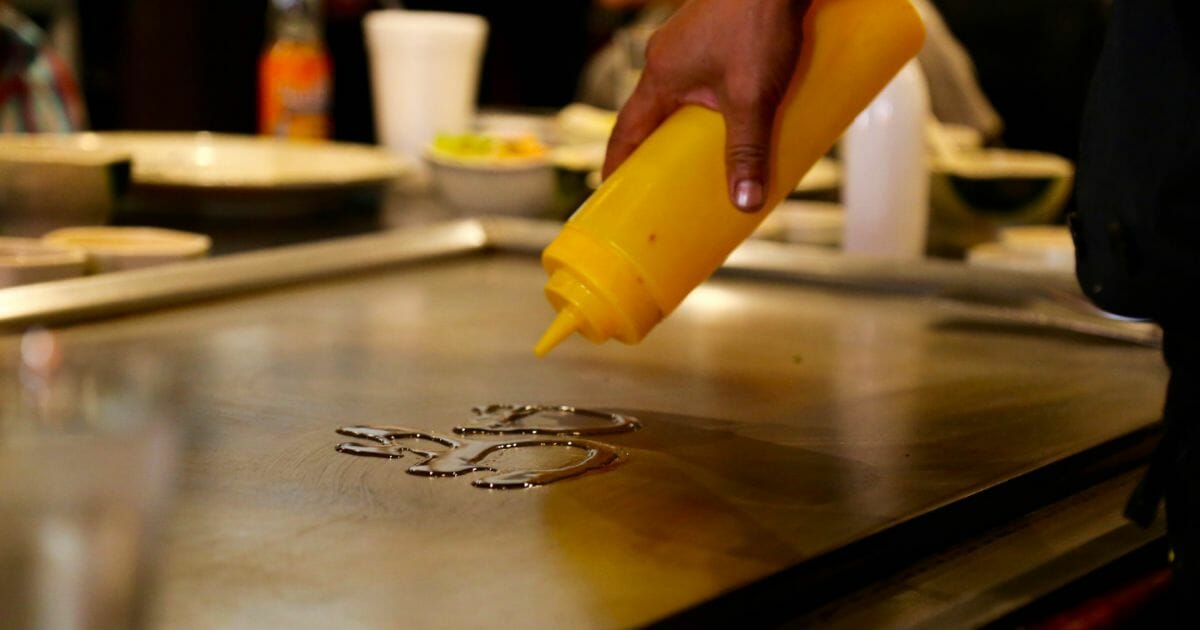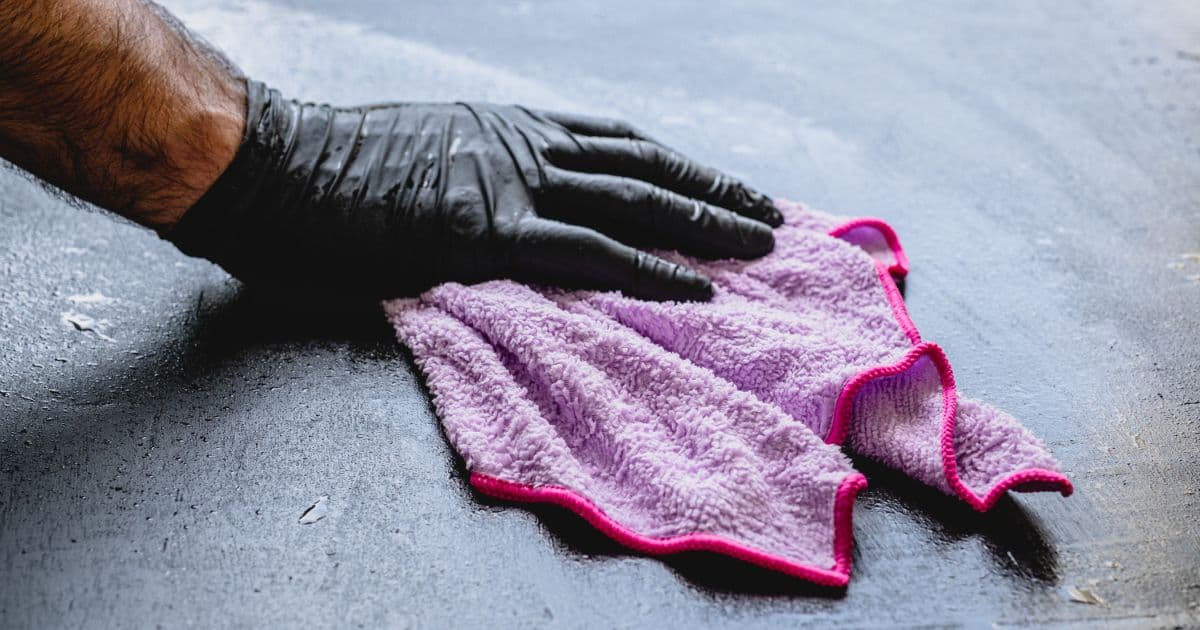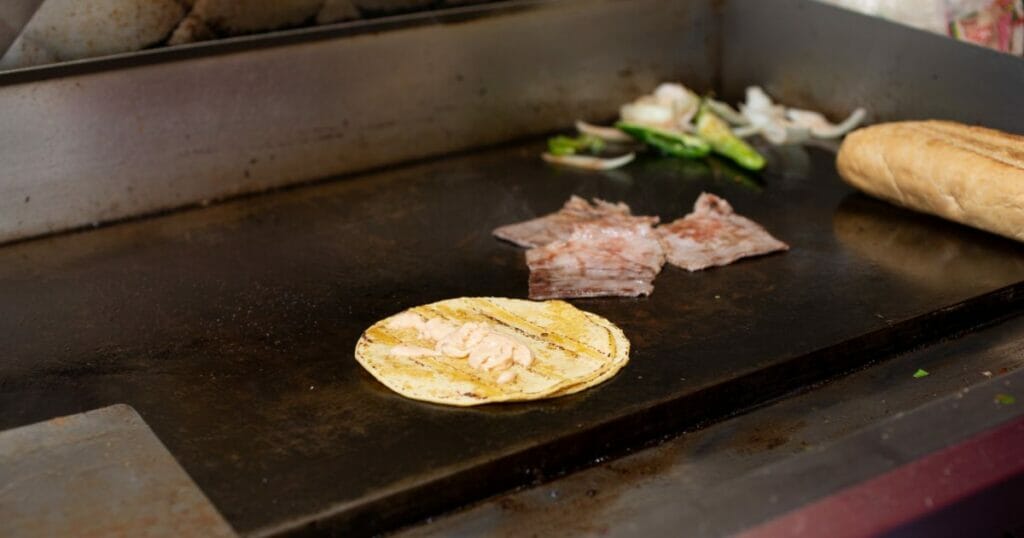A Blackstone griddle is a valuable tool for outdoor cooking enthusiasts.
However, there's a lurking concern: rust. The sight of those reddish-brown patches on your prized cookware can dampen your spirit. It's not just about looks; rust can compromise the griddle's performance and even the taste of your dishes.
So, if you’re wondering how to prevent rust on a Blackstone griddle, the answer is simpler than you might think. Regular cleaning, thorough drying after use, and occasional seasoning with oil can keep rust at bay. Read on to get a clear understanding of each step and maintain your griddle's top condition.
Importance of Regular Maintenance

Every Blackstone griddle owner knows the joy of cooking on a smooth, well-maintained surface. But to maintain that delightful experience, regular upkeep is non-negotiable.
The Dangers of Rust and Its Impact on Cooking Sessions
Rust is not just an aesthetic issue; it directly affects the quality of your cooking. When rust forms on your griddle, it creates an uneven cooking surface, which can lead to inconsistent heating and cooking of food.
Moreover, rust particles can mix with your food, imparting a metallic taste and potentially posing health risks with prolonged consumption. While small amounts of iron from the rust might not be harmful, the accumulation of rust can harbor bacteria. Plus, rust can gradually erode the griddle's surface, reducing its lifespan.
How to Prevent Rust on a Blackstone Griddle
Rust prevention is an essential aspect of maintaining the integrity of your Blackstone griddle. Rust formation is a natural process that occurs when iron reacts with moisture and oxygen. Although the Blackstone griddle is designed to withstand regular cooking, neglecting proper care can speed up rusting.
Clean After Every Use
While it might seem tedious, wiping down the griddle surface after each cooking session can go a long way. Remove food particles and any moisture to ensure the surface is dry.
Depending on the severity of rust, your choice of tools will vary. For minimal rust, a metal scraper or griddle stone might suffice. For more stubborn patches, steel wool or a medium grit can be more effective. Always avoid using overly abrasive tools, which can damage the griddle's surface.
Effective Cleaning Process
- Start with the protective gear. Don a pair of heat-resistant gloves and ensure you're in a well-ventilated area.
- Apply a mixture of white vinegar and lemon juice to the rusted areas, letting it sit for a few minutes. This solution helps in loosening the rust.
- Gently scrub the rusted parts with your chosen tool using a circular motion. Ensure you scrub with consistent pressure to avoid creating grooves in the metal.
- Wipe off the rust particles and debris with paper towels or a cloth rag.
- Rinse the griddle surface with warm water and dry it completely to avoid further rusting.
Pro tip: While chemical rust removers are available, natural solutions like vinegar and citrus fruits (lemon juice) are equally effective and food-safe.
Season Regularly

Just like a cast-iron skillet, your griddle benefits from regular seasoning. A good layer of oil provides a non-stick surface and acts as a barrier against moisture, preventing rust formation. Here's a guide on which oils to use and how to season your griddle.
Choosing the Right Oil
The oil you choose plays a huge role in the seasoning process. Here are some commonly used oils and their benefits:
Canola Oil: This is popular due to its high smoke point and neutral flavor. It's ideal for creating a non-stick surface without adding unwanted flavors to your food.
Vegetable Oil: It's versatile and provides a protective layer, safeguarding the griddle against moisture.
Olive Oil: While not the first choice for many due to its lower smoke point, it can still be used for seasoning if you prefer its flavor profile.
Palm Oil: It has a higher smoke point and leaves a nice, durable coating on the griddle.
Steps to Season Your Griddle
- Ensure your griddle is clean and dry. Use a metal scraper or steel wool to remove residual food particles or previous seasoning layers.
- Turn on the griddle and let it heat up to a medium-high temperature.
- Once heated, carefully spread a thin layer of your chosen oil across the entire surface using a cloth or paper towel. Ensure you're wearing heat-resistant gloves to protect your hands.
- The griddle will start to smoke as the oil heats up. This indicates that the oil is polymerizing and forming a protective layer.
- For a well-seasoned surface, you might want to repeat the oil application and heating process 2-3 times.
Protect From Elements
Storing your Blackstone griddle correctly is equally important. The right location can mean the difference between a tool that lasts and one quickly compromised by rust. Always opt for a dry spot. Humidity is a silent destroyer, ushering in rust faster than you'd think.
Moreover, consider investing in a heavy-duty canvas cover. Think of it as your griddle's best friend, shielding it from dust, surprise rain showers, or accidental water splashes. And beware of those dewy mornings. As picturesque as they seem, they're moisture traps. Areas that regularly experience morning dew practically roll out the red carpet for rust.
Identifying Signs of Wear and Tear
Understanding the difference between a seasoned griddle and a rusty one is fundamental in ensuring the longevity of your equipment. Rust doesn't always present as a glaring reddish-brown patch. Watch out for subtle discolorations or unevenness on your griddle surface. Even tiny specks can escalate if not addressed.
Distinguishing a Rusty Griddle From a Seasoned One
A seasoned griddle has a smooth, dark, and shiny surface, often resembling a non-stick pan's finish. This sheen is due to the multiple layers of oil that have been heated and cooled on the griddle surface. On the other hand, rust appears as brownish-red patches that can feel rough to the touch.
If you're confused, run your hand gently over the griddle. A seasoned surface will feel relatively smooth, while a rusty area will have a gritty texture.
Also, if you notice a metallic taste in your food, it's a warning sign. It could mean that rust is mixing with your food during cooking.
But if you've just seasoned your griddle and it has a dark sheen, it's most likely seasoning. However, if it's been exposed to moisture or hasn't been used or cleaned in a while, the chances are that rust has begun to form.
Proper Drying Techniques for Your Blackstone Griddle

Moisture is the primary culprit behind rust formation on iron surfaces. Thus, having an effective drying routine ensures the longevity and performance of your griddle.
After a thorough cleaning, it's a common practice to use a clean, dry cloth, preferably made of microfiber or cotton, to wipe down the entire surface of the griddle. This immediate removal of moisture ensures no stray water droplets remain, which could potentially lead to rust. The cloth-drying method is quick and effective, especially when you're in a rush or cooking in succession.
However, if you want a more passive approach, air-drying the griddle after wiping it down can be just as effective. It allows any residual moisture to evaporate naturally. But a word of caution: if you reside in a particularly humid environment, you should not rely solely on air drying, as this can sometimes trap moisture rather than remove it.
One of the most effective and often underrated methods is drying your griddle in direct sunlight. Beyond merely speeding up the drying process, the sun's natural UV rays act as a natural disinfectant. This dual benefit ensures that not only is all moisture evaporated, but any lingering microbes are also dispatched.
If you have the time and want to ensure your griddle is in top condition for the next cooking session, you can turn the griddle on to a low heat setting for a few seconds.
If drying outdoors, ensure the griddle is inclined slightly, allowing any water to run off rather than pool on the surface. And always be aware of the weather: a surprise rain shower can quickly undo all your drying efforts.
FAQ
How often do you season a Blackstone griddle?
For optimal performance, season your Blackstone griddle before its first use. After that, it's a good practice to season it every 4-5 uses to maintain a non-stick surface and protect it from rust. However, if you notice food starting to stick or any signs of rust developing, it might be time to season it sooner.
Will a Blackstone griddle rust outside?
Yes, a Blackstone griddle can rust if left uncovered outside, especially in damp or humid conditions. It's essential to keep it dry, seasoned, and covered when not in use to protect against rust and prolong its lifespan.
Can you eat on a rusted Blackstone?
While a bit of surface rust on a Blackstone griddle isn't immediately harmful, it's not advisable to cook on it. The rust can affect the taste of your food and, over time, consume more of the griddle's surface. It's best to clean and re-season the griddle before using it again.
Final Words
Rust is a major enemy of Blackstone griddles. It can ruin the cooking surface and make it difficult to use. So, if you’re wondering how to prevent rust on a Blackstone griddle, be sure to season your griddle regularly, dry it thoroughly after each use, and store it in a cool, dry place. We hope our tips help you keep your Blackstone griddle in top condition!
About the Author
Tamara J. Sims
EXECUTE CHEF
As a seasoned kitchen and food writer, Tamara has a remarkable ability to weave words together, transporting readers to the heart of the culinary world. Tamara’s articles are written with an engaging blend of insightful commentary, honesty, and real-world examples based on personal experiences. She has the ability to captivate seasoned food enthusiasts and novice cooks alike.
SeaRanchLodge.com is a participant in the Amazon Associate program and will earn from qualifying purchases.


